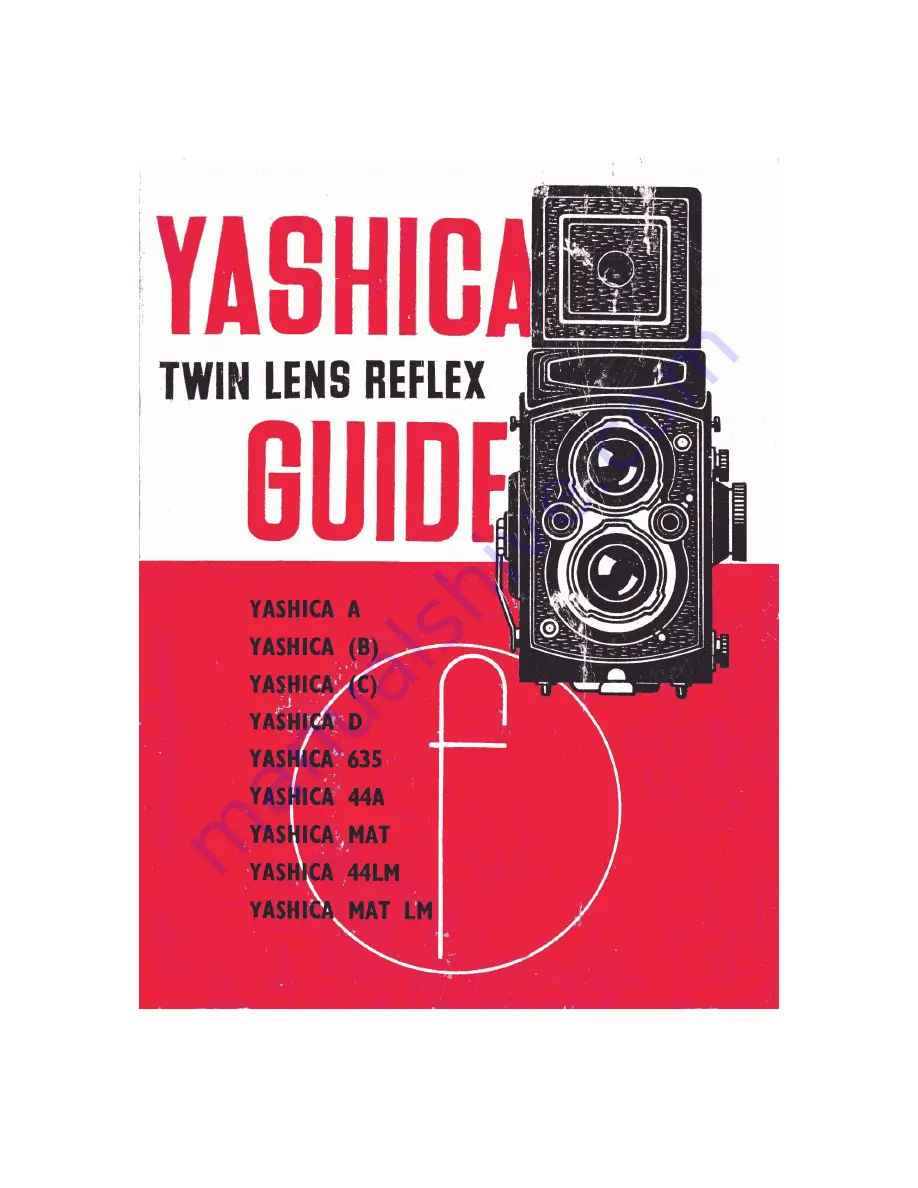
Yashica Twin Lens Reflex Guide - Focal Press January 1964
Page 1 / 55
Scans and Document copyright by Mischa Koning - www.3106.net
This document or parts thereof may not be sold and / or resold in either print form or
electronically without prior written consent from Mischa Koning